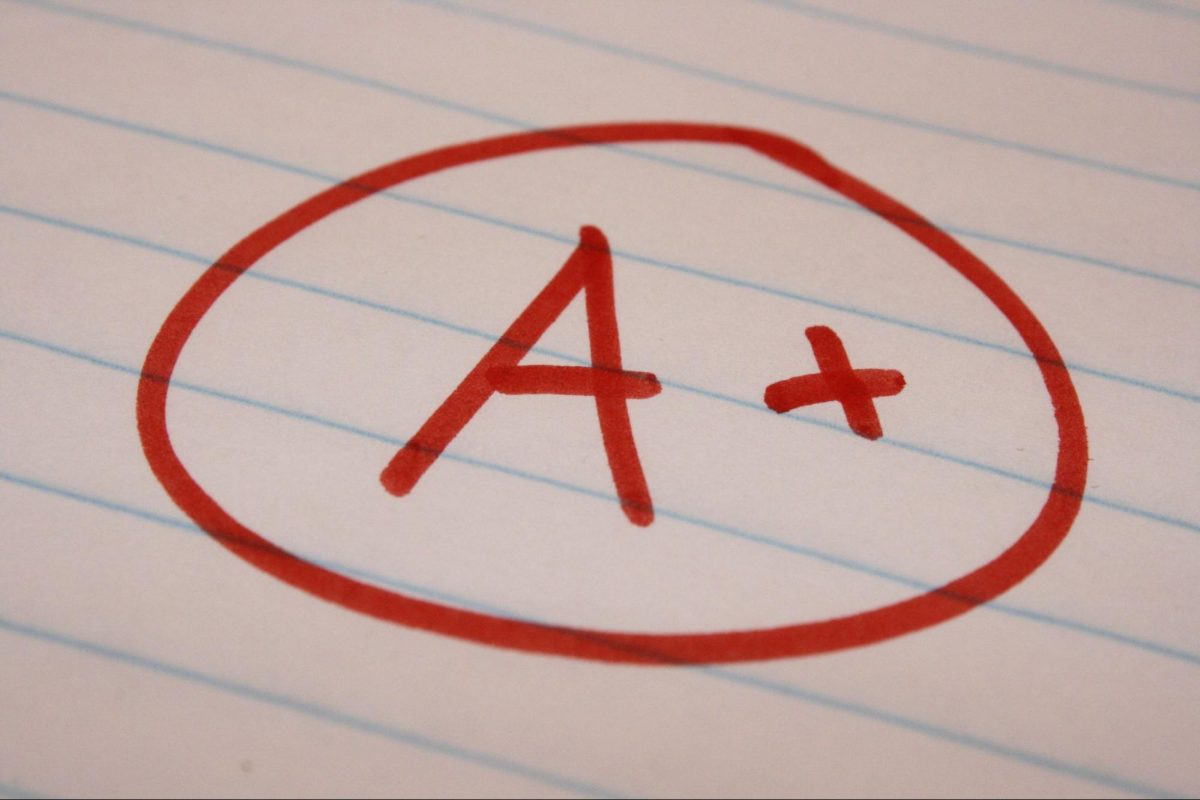You have been dreading checking your final grade for your class. As you sign into StudentVUE to check your report card, you already know what waits: a grade not indicative of your hard efforts. While you initially had a rough start in the class, you made great progress after the first few tests. However, it was not enough to bring your total grade up, and your unsatisfactory grade is immortalized.
Too often, concerns over grades cloud focus and overwhelm students, creating a student body ultimately focused on the output, the grade, and not deeper content comprehension. While our traditional grading system aims to assess a student’s mastery of a course and simplify the communication of this information between schools, it is overall detrimental to students.
Yale president Ezra Stiles created the first American grading scale in the late 18th century. He designed four categories: Optimi, Second Optimi, Inferiores and Perjores—to rank his students. Over time, Stiles’ original system evolved to the system in Fairfax County today: the integration of the A through F grading system with the 4.0 GPA scale. Unfortunately, this merged grading system ultimately hurts learning, damages student motivation and does not provide a good picture of student mastery.
Instead of encouraging students to improve their understanding of the content, traditional grading tempts them to take “shortcuts” in their learning. Because only one grade is assigned to an entire year’s worth of learning, students are inclined to do the minimum work necessary to achieve the grade they want.
The traditional grading system can also be incredibly demoralizing. Because of the reduced emphasis on constructive feedback, students can feel helpless as they stare at the only course grade that represents months of work. What’s more, traditional grading creates an inaccurate portrayal of the student. One bad assignment or test can drag the average grade down disproportionately and make it extremely difficult, if not impossible, to return the grade to its previous state. Students who earn poor grades initially can end their course with a grade that does not reflect the progress they may have made.
Standards-based grading, an alternative to traditional grading, assesses students based on their mastery of specific targets, instead of being dependent on big assessment grades or completion grades. This system solely measures the student’s ability to apply their knowledge and meet overall educational standards; any “grades” like attendance or organization are not included. While there are still grades and report cards (which fuel extrinsic motivation), the grading system itself is structured entirely differently. Add on the emphasis on feedback, and this limits any confusion that report cards can bring.
Standards-based grading takes the final grade and breaks it down into the multiple skills taught in a class. Each skill is rated on a scale of one to four, with four indicating advanced mastery and one indicating emerging mastery. These are essentially multiple “mini grades” that come together to form an overall picture. For example, instead of an A in algebra, a student receives a rating from one to four in multiple categories, such as “can apply properties of real numbers” and “can solve multi-step linear inequalities.”
Teachers are provided a standardized grading method, and parents and students both benefit because of the transparency that this system champions. Students are less able to take “shortcuts,” because they are being directly graded on their understanding.
That being said, standards-based grading, like other grading systems, does have its downfalls. Because most schools implement traditional grading scales, it would take a mass overhaul of course material for classes to become suitable to the standards-based grading system. The transition could be difficult for students and staff alike; teachers would be asked to leave the comfortability of traditional grading to dedicate more time and energy to this more personal grading method. Furthermore, colleges would have to balance the evaluation of students from both of these systems to ensure fairness when it comes to admission.
There will likely never be a perfect solution to this complex problem—even the best grading systems have their faults. But as pressures on students persist and learning ceases to become the ultimate goal, one thing remains clear: the current system has to change, and standards-based grading could be a potential solution.

